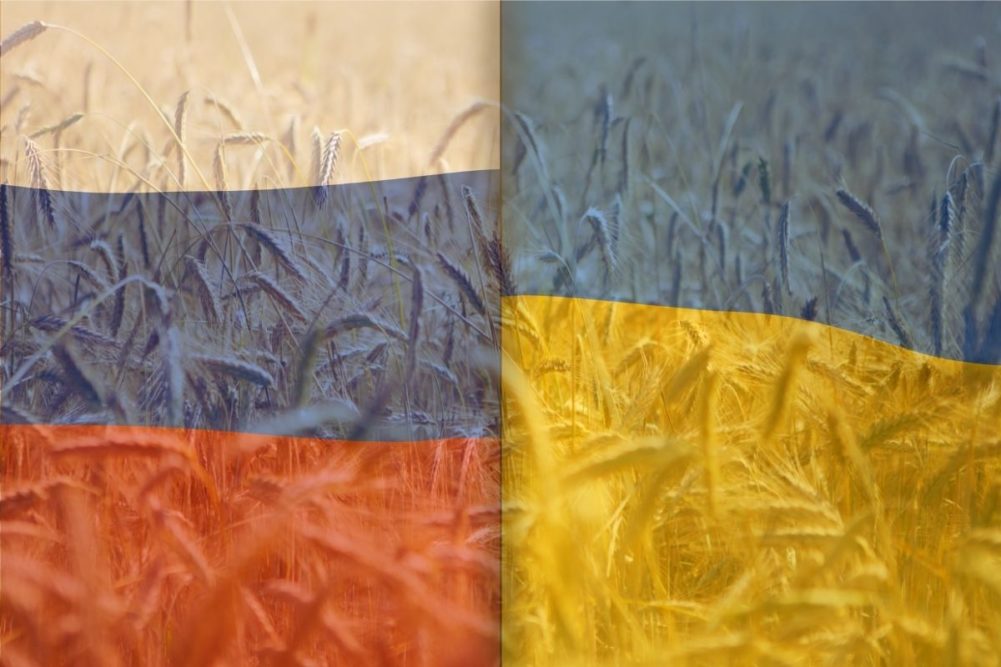DENVER, COLORADO, US — While the war in Ukraine will have long-lasting implications, an unwinding of global supply chains and world markets is unlikely to be one of them, according to a new quarterly report from CoBank’s Knowledge Exchange.
The war will not diminish the need for global trade, which set a new record in 2021 of $28.5 trillion. A complete reversal of long-established global interdependencies is very unlikely, particularly in the commodity sectors, CoBank said.
The report said US economic fundamentals remain strong: The unemployment rate is essentially back to its pre-pandemic level, consumers are spending and wages are rising. But consumer dollars aren’t going as far as they did last year and the Federal Reserve is determined to tame inflation, no matter the cost.
“Cooling demand will probably take more Fed action than most currently expect,” said Dan Kowalski, vice president of CoBank’s Knowledge Exchange. “While interest rates are rising, financial conditions are still quite loose relative to the level of inflation. Real, or inflation-adjusted rates remain deeply negative, maintaining a stimulative effect on the economy. In total, we expect the Fed to raise rates by 250 basis points in 2022. But we won’t be surprised if they need to do more.”
The rise in commodity prices since the start of the Ukraine-Russia war should moderate. Trucking rates have come off their highs and some transportation bottlenecks have been easing. All of these are positive signs and likely signal that inflation is near its ceiling.
Russia’s invasion of Ukraine roiled global grain trade and contributed to unprecedented price volatility in wheat, corn and soybeans during the first quarter.
CoBank said grain markets could remain volatile for two or more years due to disruptions in planting, harvesting, input application and transportation. For only the third time in history, US farmers are expected to plant more acres of soybeans than corn.
Prices for major fertilizers increased between 8% and 13% in the first quarter, with the biggest spikes coming after Russia invaded Ukraine. While most US ag retailers have adequate nutrient supplies this spring, that may not be the case this fall and in spring 2023.
Russia, Ukraine and Belarus are usually major exporters of nitrogen, phosphate and potash fertilizers, as well as natural gas, the key feedstock for nitrogen fertilizers. Those supplies will remain threatened by production shutdowns and export restrictions and fertilizer prices will be elevated throughout 2022.
Ethanol producers have maintained positive margins since the outbreak of the war, but the situation may reverse in the second quarter. Ethanol prices rose 8% from the day of the invasion (Feb. 24) through March 31, exceeding the 5% increase in corn feedstock costs. However, ethanol refineries fuel their boilers with natural gas, so producer margins will suffer if US natural gas prices remain at unusually high levels.
Escalating feed costs continue to stifle growth in the US animal protein sectors. Feed supply challenges have been exacerbated by the risk to global grain stocks due to the war in Ukraine. Higher energy prices and an ongoing labor supply crunch are additional headwinds for the protein sector. However, prices for livestock, meat, and poultry have continued higher, promoting cautious optimism for producers.
After minimal impact over the past five years, highly pathogenic avian influenza (HPAI) has again been reported in US commercial poultry flocks this year, claiming more than 20 million head so far, the largest total since 2015. Losses primarily have been for turkey and table egg producers.
Americans are facing a once in a lifetime cost-of-living shock due to an oil embargo coupled with rapid inflation, the combination of which hasn’t occurred since the mid-1970s, CoBank said. Rising energy prices have been a primary driver of inflation for more than a year, accounting for roughly one-third of the headline increase.
Recent sanctions to curb the trade of Russian oil, natural gas, and coal seems to be perpetuating a longer cycle where high energy costs could keep inflation pressures elevated.



